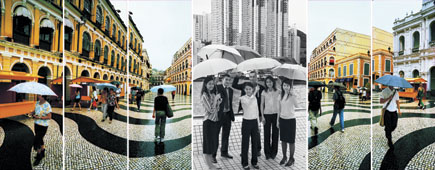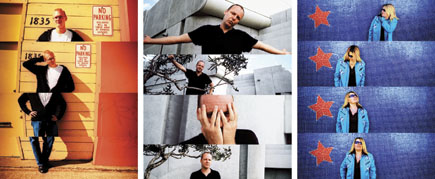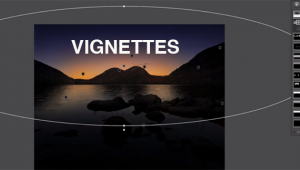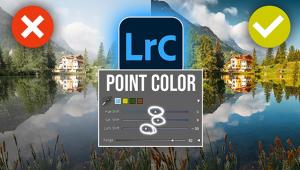Pro's Choice; Unconventional Stylings; Marshall Harrington’s Unique Imagery
Shooting professionally since the 1970s, San Diego-based Marshall Harrington (www.marshallharrington.com) has employed various processes and techniques, film and digital, that give him a competitive edge. In my book, Location Lighting Solutions (Amphoto), Harrington described his work as “visual semiotics,” explaining that “I love making pictures that tell complex stories but which are reduced to simple, passionate images.”
 |
|
|
The “Deconstructed” Image
Harrington often takes a wide approach to image capture, having mastered the panoramic camera long ago. He’d owned and worked with Widelux and the Fuji G617 in the past. Of course he started with the basics, originally shooting with a Canon F-1, and soon moved on to a variety of medium format TLR and SLR cameras en route to large format. He’s worked with Mamiya, Fuji, Sinar, and Horseman. His approach is simple: buy the camera, buy the system, because San Diego is not known as a center for gear rental. This way he’d have the lens he needed when he needed it. On the other hand, he points out: “I’m not a camera nut, so I don’t run out right away and buy the latest iteration. I’m more about what the camera does. I’m still working with Canon, namely the 5D and 1Ds Mark II.”
Today, his panoramic camera of choice is the Hasselblad Xpan. The resulting pictures have become his signature style. How he uses this camera is an art form in itself. He shoots a series of panoramic images, horizontal or vertical, and creates a kind of living mosaic. Harrington always shoots these images handheld so he can frame each component image as needed. He then scans the Xpan images on an Imacon in the studio, at a resolution large enough for a wall-size mural. He explains the basic process:
“When I first started making these images, I called them ‘constructions,’ because making them was like building something. As the first few took shape, I realized that the central reason I was doing them was to take a scene apart, looking at different aspects of it, then rebuilding it in a way that pointed out the differences in how the scene fit together. Hence my use of the term ‘deconstruction.’ Life is frequently not a perfect fit and so it is with these images. It’s a kind of analysis of a scene or a point of view in interpreting a scene. Certainly deconstruction in aesthetics, as the French philosopher and literary critic Jacques Derrida defined it, played a part.”
 |
|
|
These deconstructed images are not simply a reflection of his personal fine art shooting. Clients appreciate them as well. The global accounting firm of PricewaterhouseCoopers sent him around the world—to South America, Europe, and Asia—to create these deconstructions for an annual report. What’s more, when Qualcomm wanted to promote their new product named “Brew,” along with developers using it, the art director worked with Harrington to brew up a unique formula, in the form of a deconstructed image for a series of ads. Another project took a completely different turn. The client wanted a mural-size family portrait. This time Harrington chose to shoot digitally, capturing individual frames and compositing them into a deconstructed mosaic.
He Keeps His Lighting LightHarrington doesn’t go in for a heavy-handed approach to lighting. Hence his preference for Profoto Acute packs and heads. But on occasion, when he finds that he needs a ton of lights, he’ll turn to his trusty Normans. There are some lights you just never get rid of.
 |
|
|

















































